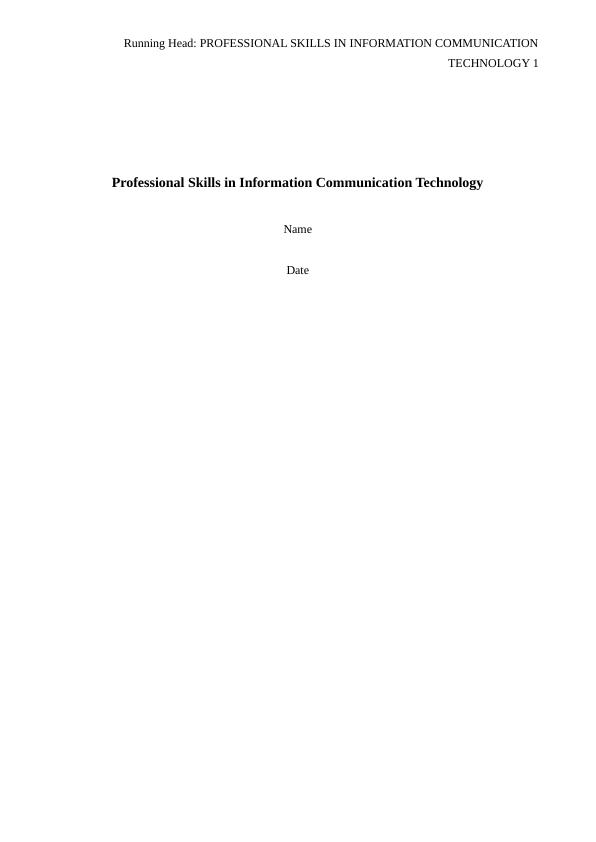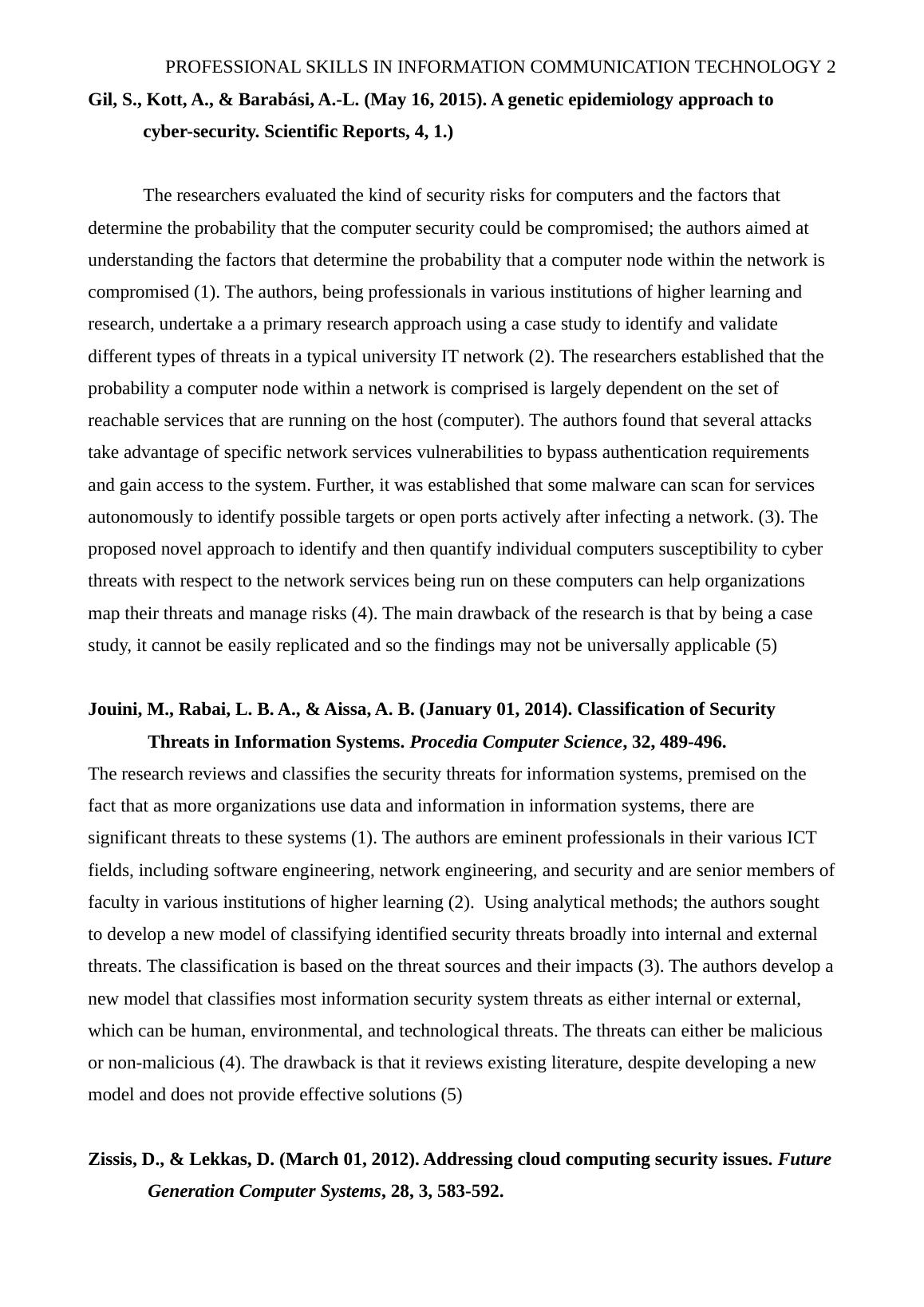Professional Skills in Information Communication Technology
4 Pages1090 Words38 Views
Added on 2020-02-19
Professional Skills in Information Communication Technology
Added on 2020-02-19
ShareRelated Documents
End of preview
Want to access all the pages? Upload your documents or become a member.
Overview of the State-of-the-Art of Cloud Computing Cyber-Security | Presentation
|13
|900
|44
Cyber Security Assignment PDF
|9
|2867
|2114
Identifying and Responding to Incidents in the Cloud Environment
|6
|874
|367
Cyber Security: Attacks and Mitigation Techniques
|11
|2291
|301
Cyber Security And Risk Management
|11
|2332
|89
(Doc) Intrusion Detection System
|10
|2535
|219


